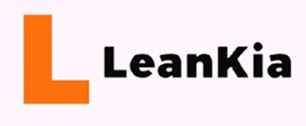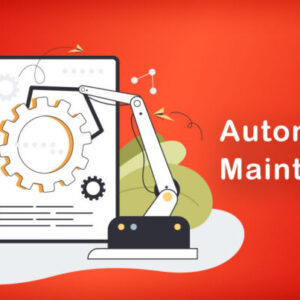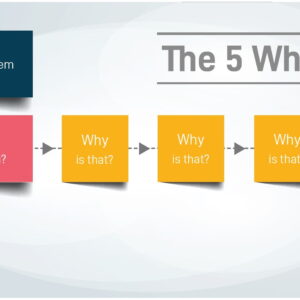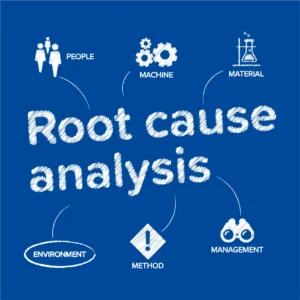Kanban: The Agile and Lean Workflow Management Tool
Kanban is a visual management tool that helps teams manage their workflow in a more efficient and productive way. It is a methodology that is rooted in both Agile and Lean principles, and it has been adopted by many organizations worldwide to improve their processes and increase productivity. In this article, we’ll take a closer look at what Kanban is, how it works, and the benefits it offers.
What is Kanban?
Kanban is a Japanese term that means “visual signal” or “card”. It is a method of managing workflow that was first developed by Taiichi Ohno, an industrial engineer at Toyota, in the 1940s. The method uses a board with cards, also known as “Kanban cards”, to represent work items that need to be completed. Each card represents a task, and the board is used to visualize the flow of work from start to finish.
How does Kanban work?
Kanban works by limiting the amount of work in progress (WIP) and using a “pull system” to ensure that work is only started when there is capacity to complete it. The Kanban board is divided into columns that represent the different stages of the workflow, such as “To Do”, “In Progress”, and “Done”. The cards are moved from one column to the next as the work progresses.
One of the key benefits of Kanban is that it makes it easy to identify bottlenecks in the workflow. When a column is full, it signals that work is not flowing smoothly and that action needs to be taken to address the issue. By limiting the amount of work in progress, Kanban helps to prevent overloading team members and ensures that work is completed at a sustainable pace.
Dashboards are the great tool to automate Kanban work flow.

Benefits of Kanban
Kanban offers several benefits, including:
Improved productivity: By limiting work in progress, teams can focus on completing tasks before starting new ones, leading to faster completion times.
Enhanced visibility: Kanban provides a visual representation of the workflow, making it easy to track progress and identify bottlenecks.
Increased collaboration: Kanban promotes collaboration and communication between team members, leading to better teamwork and higher-quality work.
Continuous improvement: Kanban encourages teams to continuously evaluate and improve their processes, resulting in better efficiency and higher-quality work.
Flexibility: Kanban is a flexible methodology that can be adapted to different types of projects and workflows.
Andon light system is a great way to improve overall efficiency of production line. For buy andon light click here.
Conclusion
Kanban is a powerful tool for managing workflow that has been embraced by many organizations around the world. By limiting work in progress and using a pull system, Kanban helps teams to work more efficiently and productively. With its visual representation of the workflow and emphasis on collaboration and continuous improvement, Kanban is a great way to manage projects and improve processes.
















